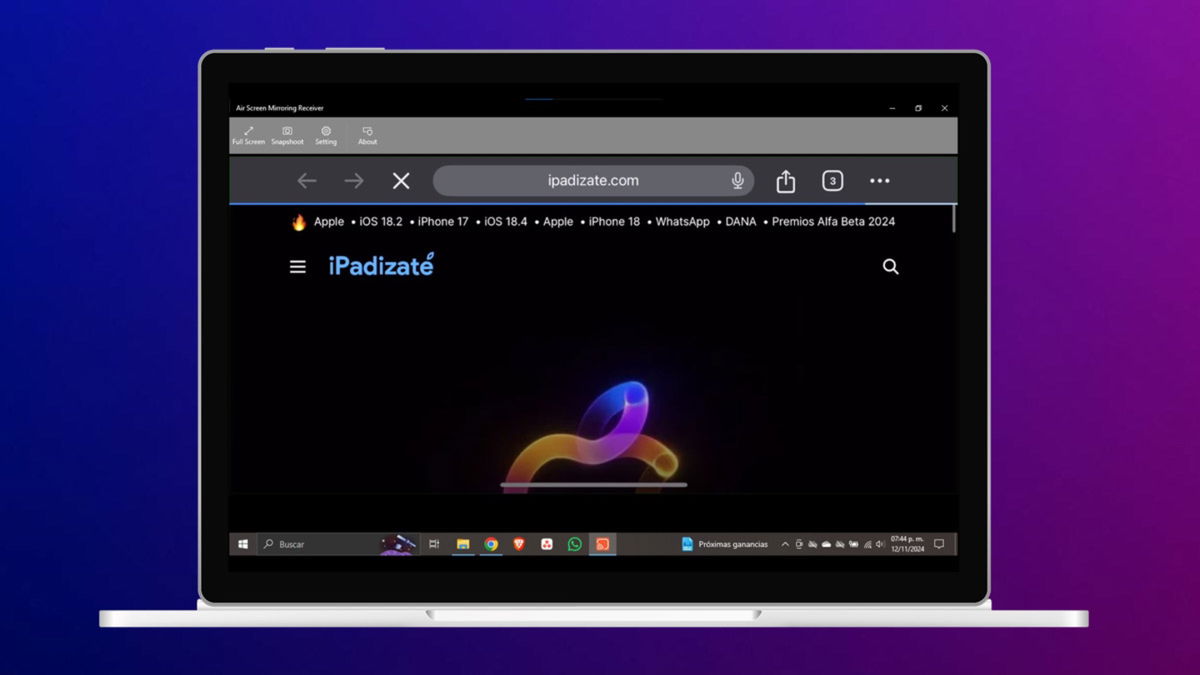In recent years, the popular messaging app WhatsApp mainly focused on improve our privacyadding new layers of security and features to help us protect our messages and personal information.
Next, we will review each of the features that WhatsApp offers us to protect our privacysee what it does and how each of its privacy options is enabled or configured.
End-to-end encryption

We started with end-to-end encryption which arrived on the popular WhatsApp messaging client six years ago in mid-2016. Since that year, all of our conversations is encrypted by default end to end with a 60 digit password which only knows the sender’s mobile and the recipient’s mobile. If someone intercepts our messages, it will not be easy for them to read them because they are encrypted. You would have to discover the encryption key using brute force programs, which could take years to find the key.
two-step verification

So that no one steals your WhatsApp account, the application allows us to activate the two-step verification. In Settings > Account > Two-Step Verification we can protect our account against theft, since in addition to the SMS verification code that arrives on our mobile to verify that it is our mobile number, it will also ask us to enter our six-digit password.
Encrypted backups

Since 2021, we can also encrypt WhatsApp backup so that if a hacker intercepts our backup, they cannot access our conversations, photos, videos and other files that have been uploaded to the cloud. This option is enabled from Settings > Chats > Backup > End-to-end encrypted backup.
temporary posts

Also from 2021 we can activate the temporary posts in our WhatsApp conversations to keep the conversation going automatic deletion of old messages. WhatsApp offers us two ways to activate temporary messages.
The first comes from Settings > Privacy > Default Durationwe choose the time (24 hours, 7 days, 90 days) and thus temporary messages are activated for all new conversations.
The second way is to open a conversation, click on its name in the top bar and then on the option ‘Temporary messages’. We choose a time and old messages will be deleted when they pass this date.
see each other once

Shortly after the publication of the temporary messages, the photos and videos that can only be viewed once. When sending a photo or video, we can activate the “one time only” option which has a “1” icon. Our contact will only be able to see this photo or video once, after returning to the conversation, this file will have been automatically deleted.
Currently, our contacts can take screenshots something that no longer happens with WhatsApp Beta, which blocked screenshots for temporary photos and videos that can only be viewed once.
Leave groups quietly

To enhance our privacy, WhatsApp no longer warns the rest of the participants when we have left a group. The notice will no longer appear during the group chat so that all participants are aware of it. From now on, this information will appear hidden in the list of participants, also showing who has participated in the last 60 days.
Who can see your personal information

In Settings > Privacy We have found the best WhatsApp privacy options. There we can decide which contacts can see the connection time, if we are online, our connection photo, the states and the read receipts.
Who can add you to groups

In this same option we can also configure the contacts that can add us to groups. If you don’t want anyone to be able to add you to new groups, exposing your phone number to strangers, Privacy > Groups You can exclude contacts that you don’t want to be able to add to other groups.
fingerprint lock

Also in Privacy > Groupsyou can protect whatsapp app with digital print, so you can only open the app with your fingerprint. So, if someone has access to your mobile, you will ensure that only you can open WhatsApp.
block and report

Finally, WhatsApp also allows us to preserve our privacy blocking and reporting unwanted contacts so that they can no longer bother us. To do this, simply click on the three dots to open the menu, click on ‘More’ then on ‘Report’ or ‘Block’.
In Xataka Android | WhatsApp privacy guide: everything you can do to protect yourself
Table of Contents








